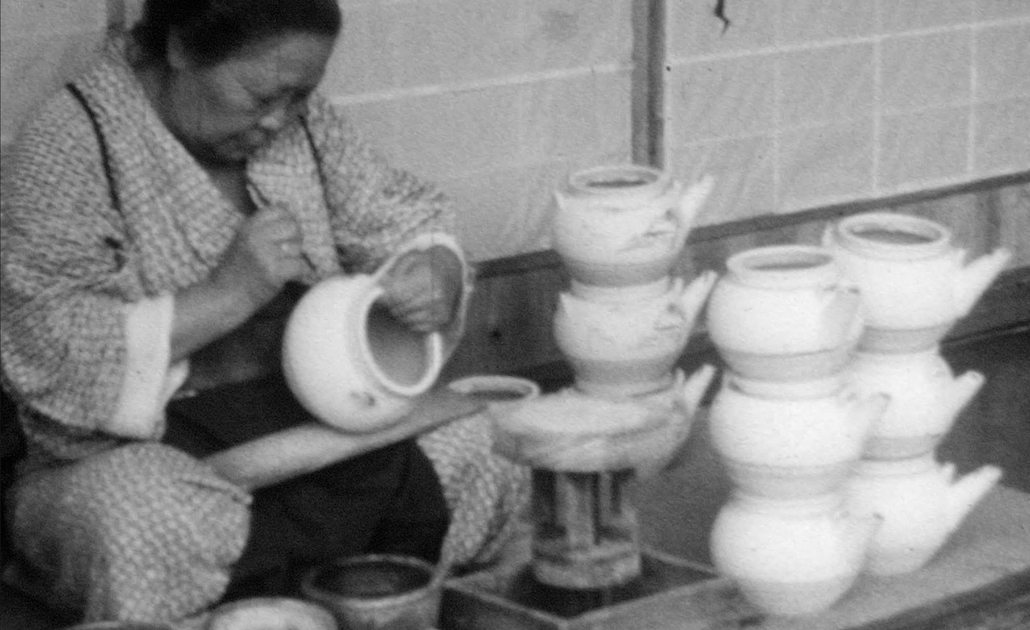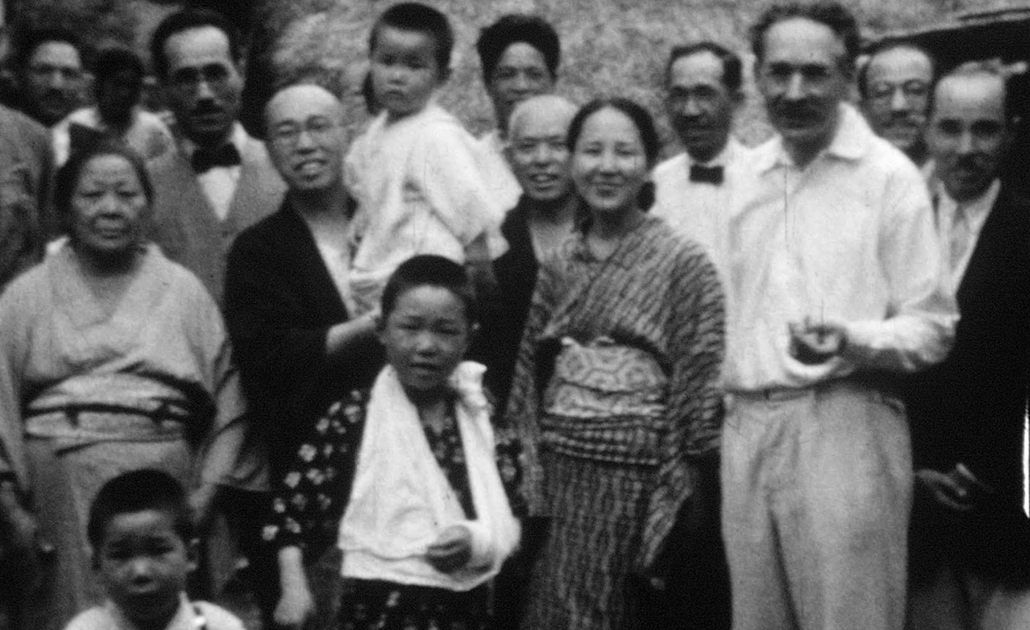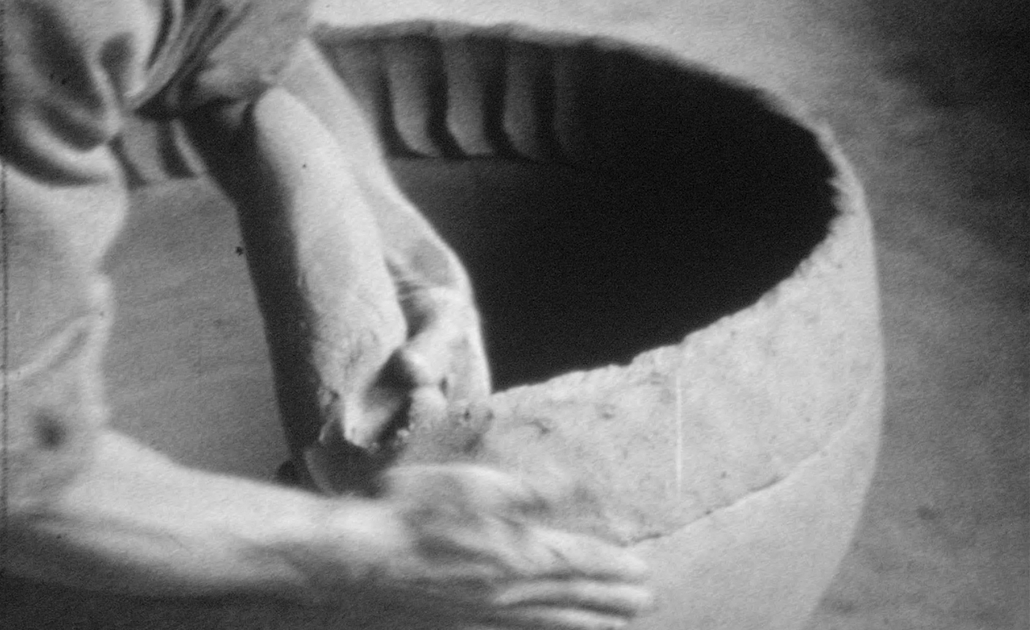The artistic and philosophical concepts of the Mingei Movement, founded in 1926, have had a profound impact on arts and crafts worldwide through the works and writings of its three central figures: Yanagi Soetsu, Bernard Leach and Hamada Shoji.
Much has been written about this intellectual and artistic movement, though controversial in some circles, its influence remains irrefutable. The purpose of this project is not to take sides in a debate, but to assemble and present this legacy of ideas on craftsmanship in moving picture form; to bring alive through films and interviews the period of discovery and development of the Mingei philosophy.
At the International Conference of Craftsmen in Pottery and Textiles at Dartington Hall, in the United Kingdom, (1952) Mingei’s founding member Yanagi Soetsu said:
“All movements of art tend to the pursuit of novelty, but the essence of beauty ought to exist in that which has been liberated from the distinction of the new and the old.
Rather than attribute it to the personal ability of the potters, we are to conclude that their environments protected and assisted them. The long tradition behind them, the abundant natural resources, the repetition of work needed for producing in large numbers, the objective of making articles for daily use – all these factors collaborated to protect and develop their work….to the craftsman, tradition is the saviour and benefactor.
Will it not be possible to say that all beautiful work is the work done by work itself?”
At a UNESCO Conference in the 1960s called Potters Voices, East and West, Bernard Leach stated:
“…pottery was a vocation in which we sought truth of contemporary expression as artists and as craftsmen, inheriting traditions not only from our respective native backgrounds but also from the other side of the world….We saw new possibilities of shape, pattern and glaze in good traditions of hand craft still extant in Japan, mainly in the country potteries….. the background of Zen and Tea provided a highly developed perceptivity of truth and beauty, and there was no hard line between the arts and the crafts.”
Hamada Shoji wrote in Kogei Magazine (1931):
….the piece achieves its beauty irrespective of the conscious aims of the maker. Usually the craftsman sets out to produce a particular effect and is pleased or displeased with the final result, depending on how near the work comes to his original intention. In fact, the essence of the true quality of the work lies somewhere else, and his conscious efforts to achieve this quality make little difference.




